In a suspected case of reverse evolution, wild tomatoes in the Galápagos have developed a defense mechanism that hasn’t been seen in millions of years.


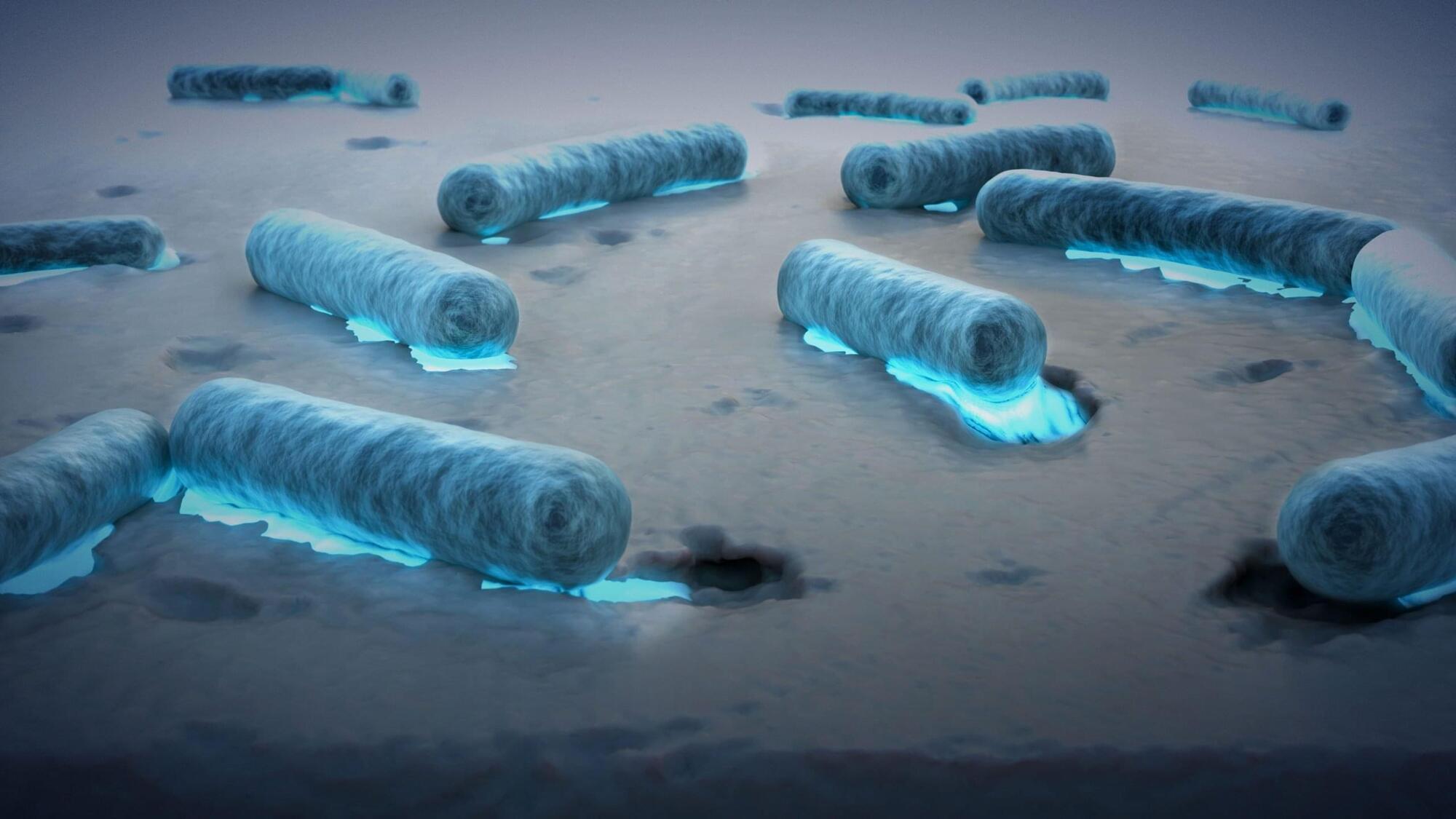
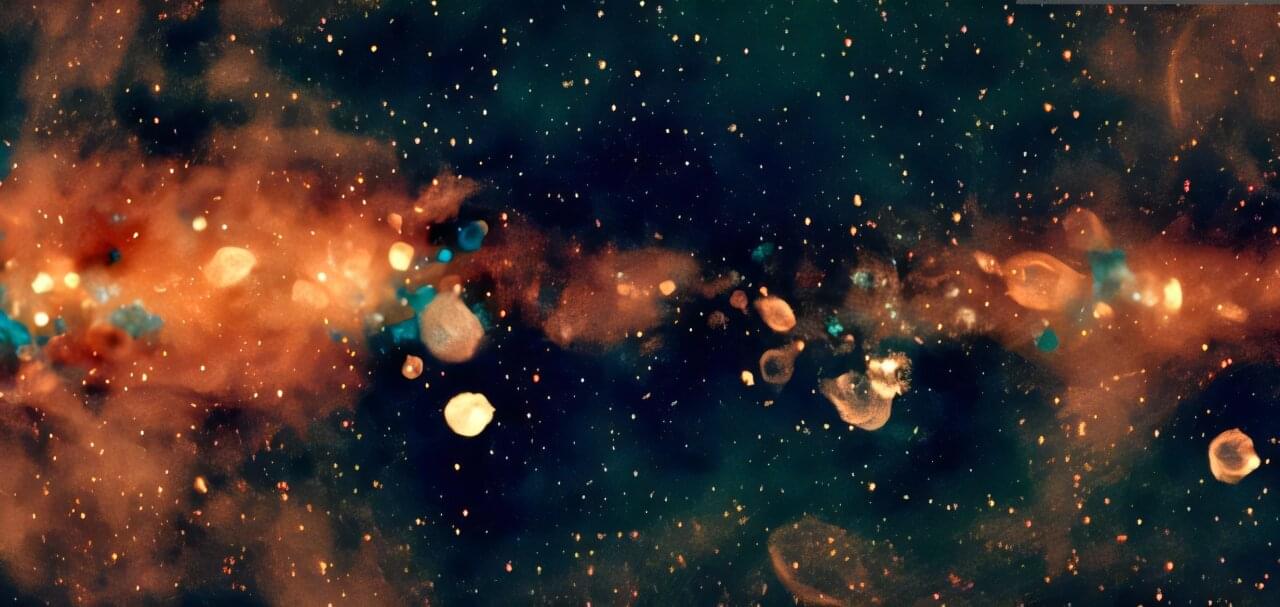
Astronomers from the International Centre of Radio Astronomy Research (ICRAR) have created the largest low-frequency radio color image of the Milky Way ever assembled. This spectacular new image captures the Southern Hemisphere view of our Milky Way galaxy, revealing it across a wide range of radio wavelengths, the colors of radio light.
A paper describing this work appears in Publications of the Astronomical Society of Australia.
It provides astronomers with new ways to explore the birth, evolution, and death of stars in our galaxy.
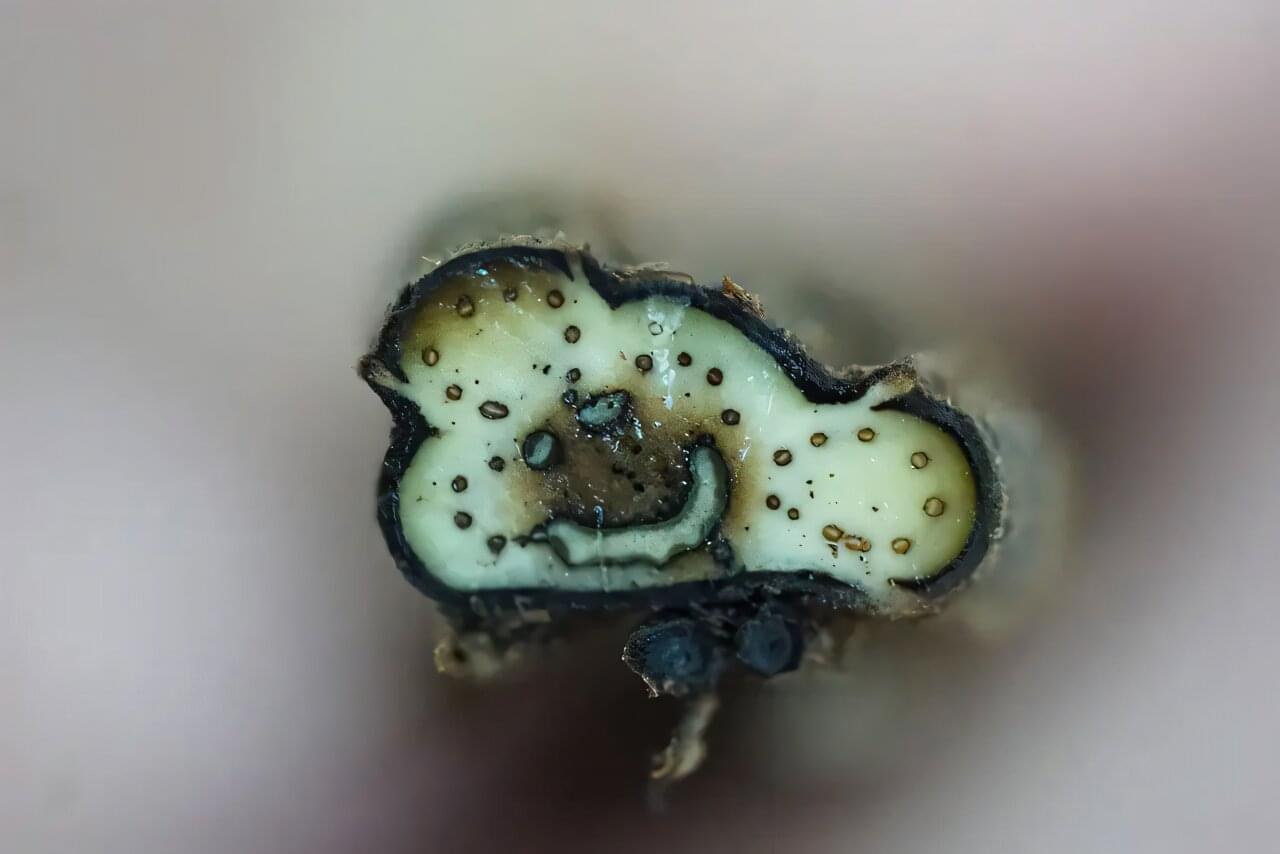
Research by Assistant Professor Jacob S. Suissa at the University of Tennessee, Knoxville, is revealing complexity in how ferns have evolved. Instead of the vascular structure inside fern stems changing as a direct adaptation to the environment, he discovered that shifts in vascular bundle arrangement in the stem are developmentally covaried with leaf placement on the stem.
“As leaf number increases, we see a direct 1:1 increase in vascular bundle number, and as the placement of leaves along the stem changes, we also see a shift in the arrangement of vascular bundles in the stem,” said Suissa, a member of UT’s Department of Ecology and Evolutionary Biology.
For 150 years, researchers have focused on how vascular bundles adapt to the environment. Suissa’s new research, published in Current Biology, suggests leaves are steering the evolution of vascular patterns inside the stem.

An international, multi-university research team, including scientists from Columbus State University, has unearthed a crucial new piece of the puzzle in the evolution of sharks.
A recent study published in Communications Biology, “Early gigantic lamniform marks the onset of mega-body size in modern shark evolution,” has identified a new, extinct lamniform shark—a group that includes modern-day great white and mako sharks. It marks the earliest known example of a gigantic shark, suggesting that the trend of mega-body size in modern shark evolution began much earlier than previously thought.
The team, led by Dr. Mohamad Bazzi of Stanford University, included Dr. Mike Newbrey of Columbus State’s Department of Biology and 2020 alumna Tatianna Blake. They derived their conclusions after studying specimens from the Darwin Formation that outcrops at Darwin, Australia. These specimens, collected by other researchers in the 1980s, had been stored in a museum collection and remained unstudied until recently, when the team examined them in detail.
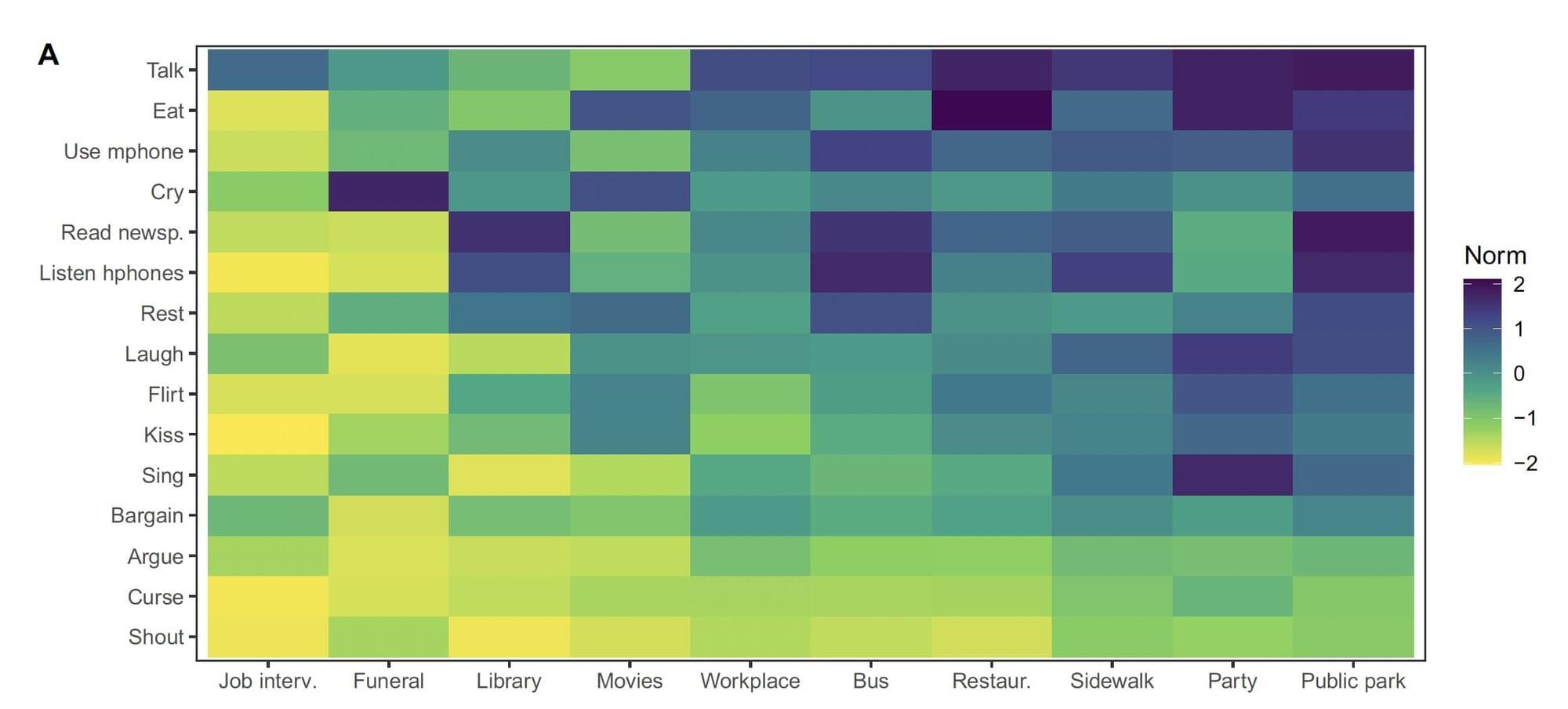
When humans interact with each other and engage in everyday activities, they typically follow various undefined rules, also known as social norms. These rules include things like greeting acquaintances in specific ways upon meeting them, not interrupting others when they speak, waiting in line for one’s turn at the post office, and countless other behaviors.
Social norms can differ significantly across different cultures and geographical regions. In addition, these unspoken rules are known to have changed considerably across history, as societies evolved and the values guiding people’s behavior changed.
Researchers at the Institute for Future Studies in Stockholm and other institutes in Sweden recently carried out a large-scale study investigating the evolution of social norms across time, while also exploring the similarities and differences between the norms in 90 societies worldwide. Their paper, published in Communications Psychology, identifies a common trend in the recent evolution of norms in most societies, while also uncovering characteristic patterns in different types of societies.

Scientists from the National University of Singapore (NUS) have discovered a simple DNA “switch” that helps tropical butterflies adjust the size of their wing eyespots in response to seasonal temperatures, shedding light on the evolution of environmental sensitivity. The findings could inform future efforts to understand and potentially bolster adaptation in a changing climate.
Insects often adapt in surprising ways to their surroundings. Some even change their colors with the seasons. This seasonal flexibility, called plasticity, helps them survive but its evolutionary origins have remained a mystery.
A team led by Professor Antónia Monteiro from the NUS Department of Biological Sciences, identified a stretch of DNA that helps certain butterflies switch their wing patterns between wet and dry seasons.
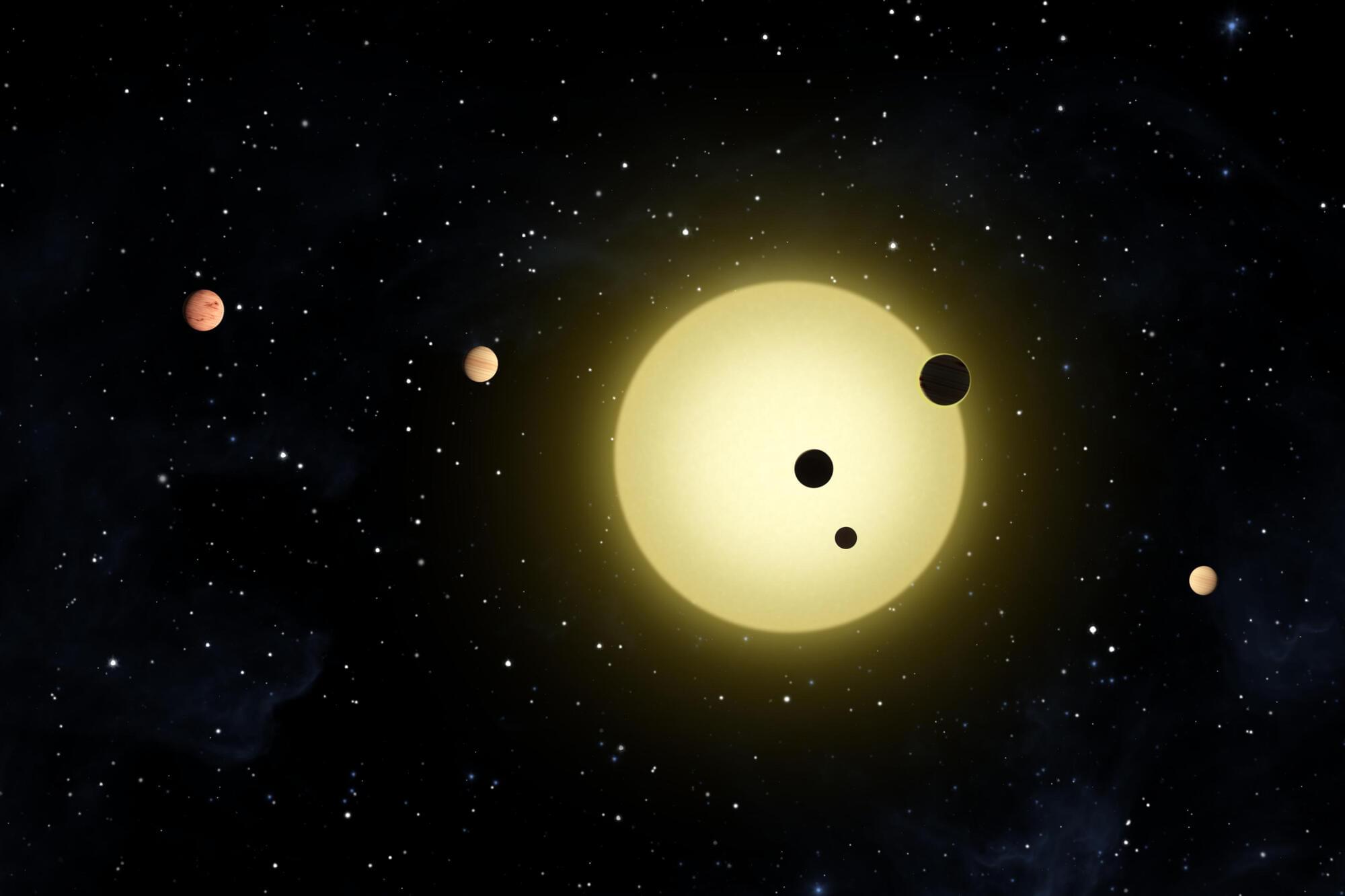
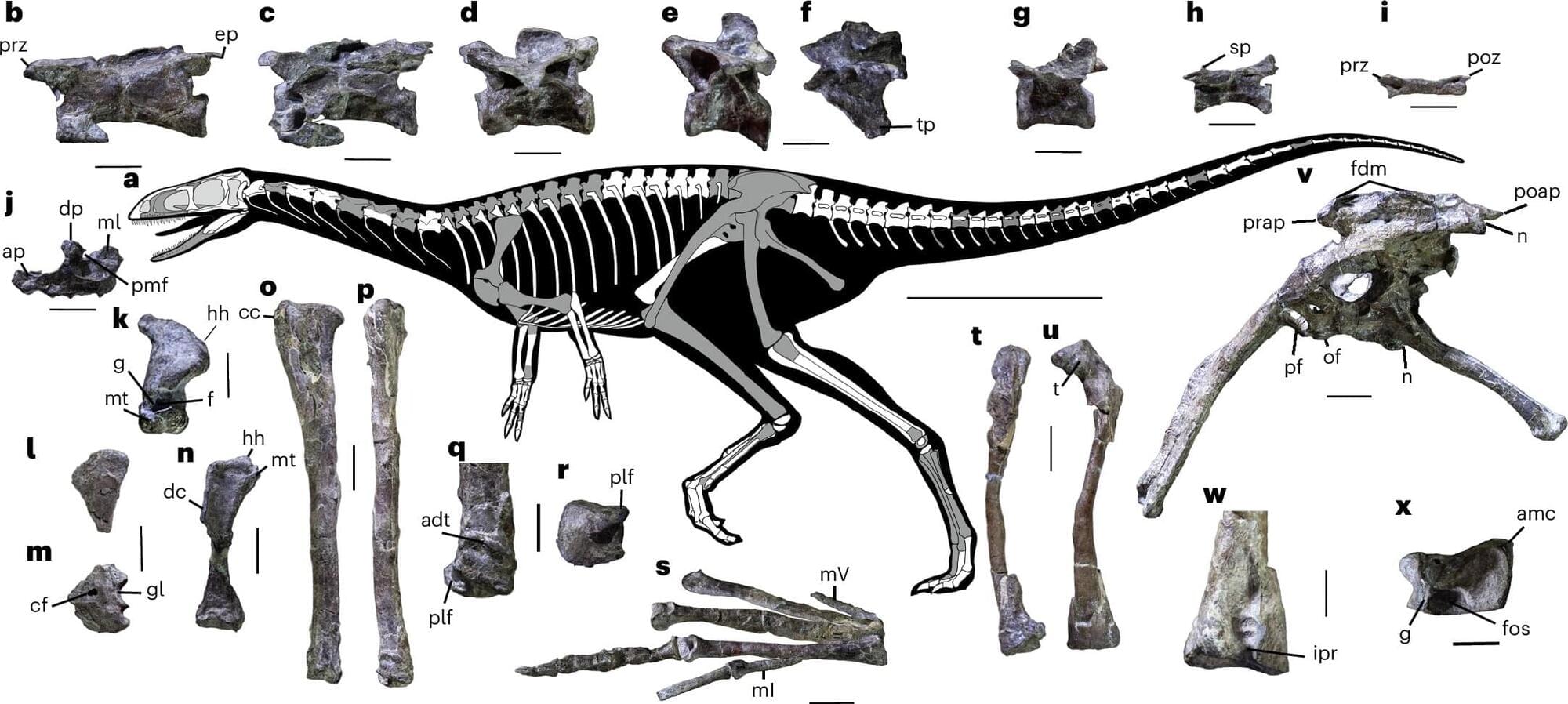

In recognition of Breast Cancer Awareness Month, join us for a live webinar to uncover the complexity of tumor biology and the surprising resilience of normal tissue. This event will feature two expert-led presentations: one demonstrating how protein multiplexing and quantitative imaging uncover the hidden heterogeneity of breast tumors, and another examining how natural tissue remodeling can both suppress and influence oncogenic transformation. A live discussion and Q&A session will follow, giving you the opportunity to engage directly with leading researchers and gain valuable insights to improve cancer diagnosis, guide therapy decisions, and inform prevention strategies. All sessions will be available on demand, allowing flexible access for continued learning and engagement.
Featured Talks: